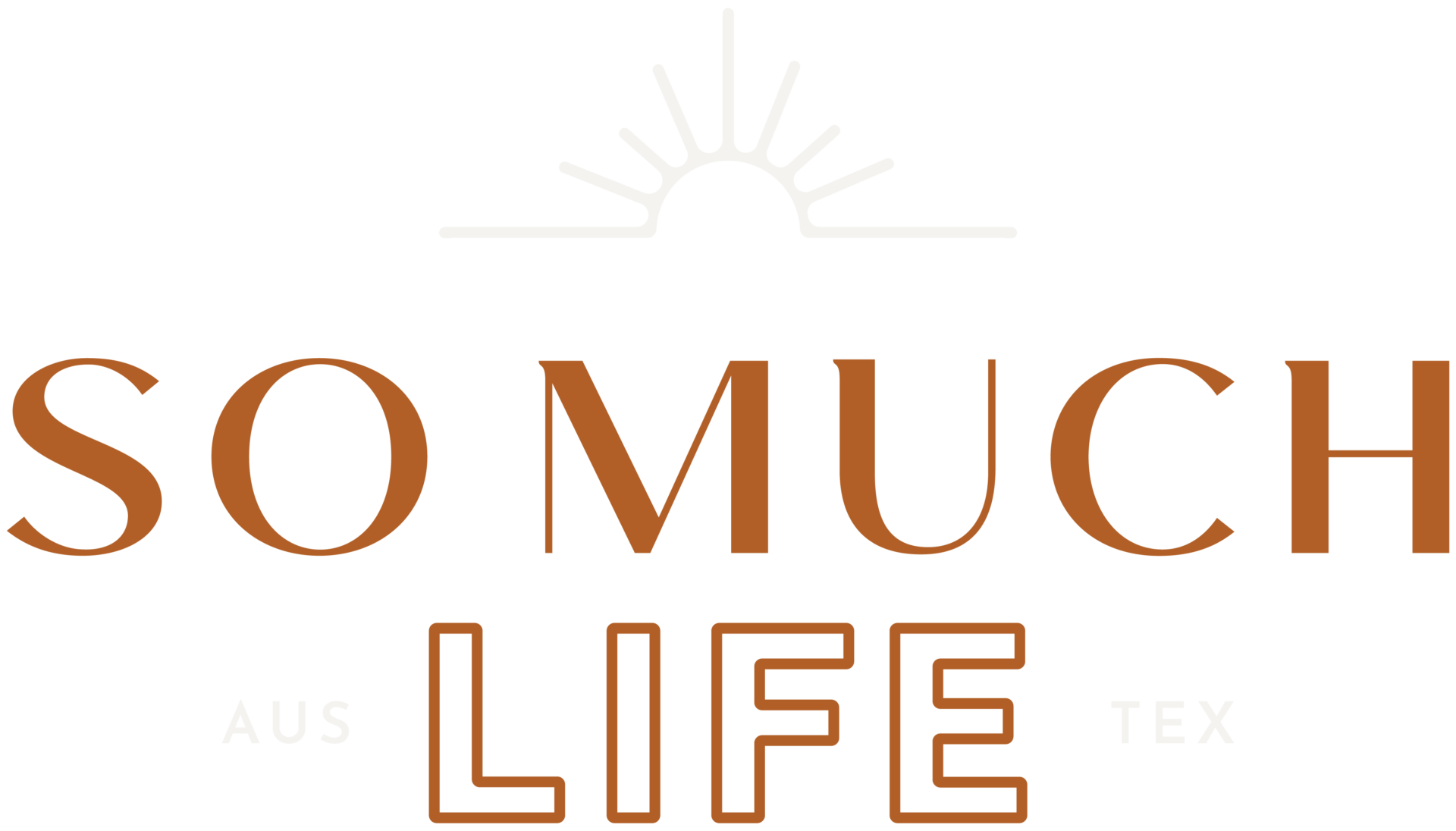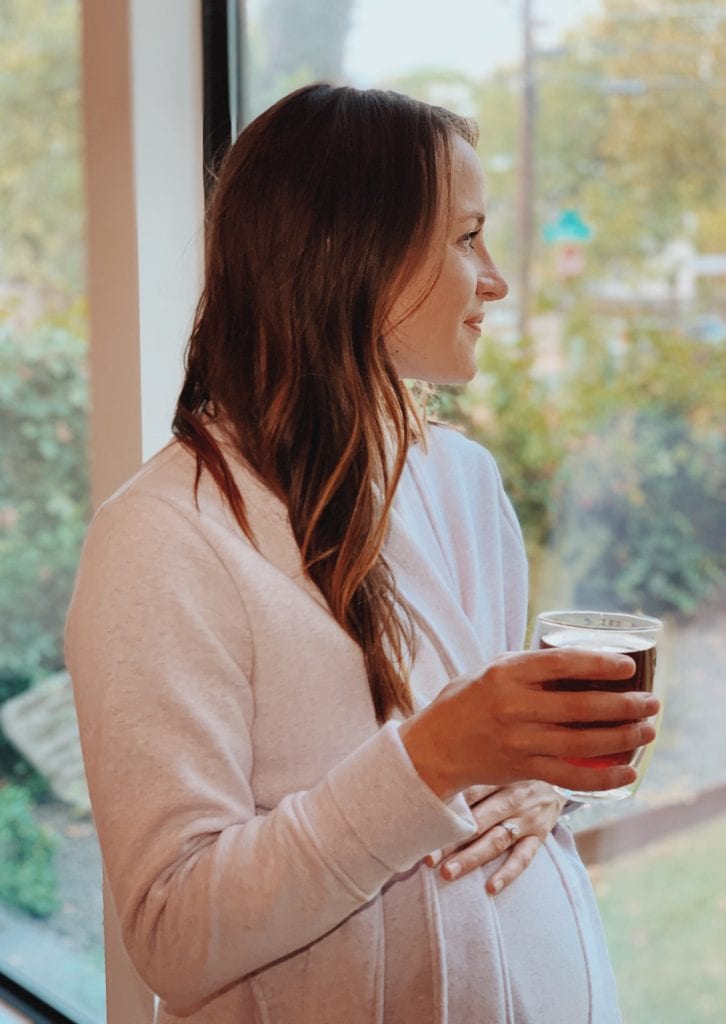
Good morning! I’m publishing this on a Saturday morning, which seems like the perfect time to get cozy at home and talk about COFFEE! I shared a few quick instagram stories about how I brew my morning cup of coffee, and I got requests to link the products that I use. I’ll share all of those in this blog post! I’m also going to share a detailed guide into how I make my coffee at home. I’ve shared all of this before, but my last blog post is a bit outdated and due for a face lift.
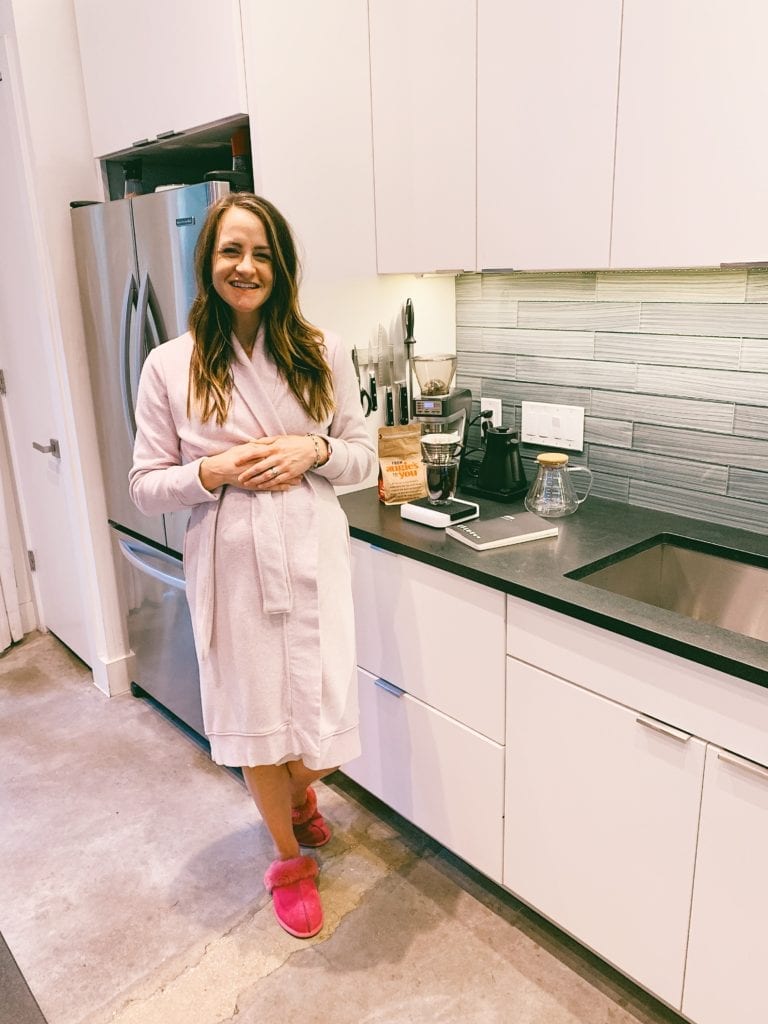
I wasn’t a coffee drinker in high school or college… I didn’t love the taste of it all that much (probably because I mostly tried nasty cafeteria coffee), and I figured that as long as I didn’t need it, avoiding coffee was an easy way to cut back on my monthly expenses. But when I moved to Austin for grad school and started dating my (now) husband, I discovered that specialty coffee is a WHOLE WORLD! Coffee is almost like wine: the nuances in coffee are complex, and there are people who are devoting their entire lives to growing, roasting, and brewing amazing coffee.
A great pour over at a specialty coffee shop in Austin (like Houndstooth, Fleet, or Patika) can cost about $5, so Nate and I have figured out how to make really, really good coffee at home. I start every day with a pour over, and I’ve learned to love the slow ritual of heating the water, grinding the beans, and extracting flavor into the cup.
Here are all the details:
How I Make A Great Cup Of Coffee At Home
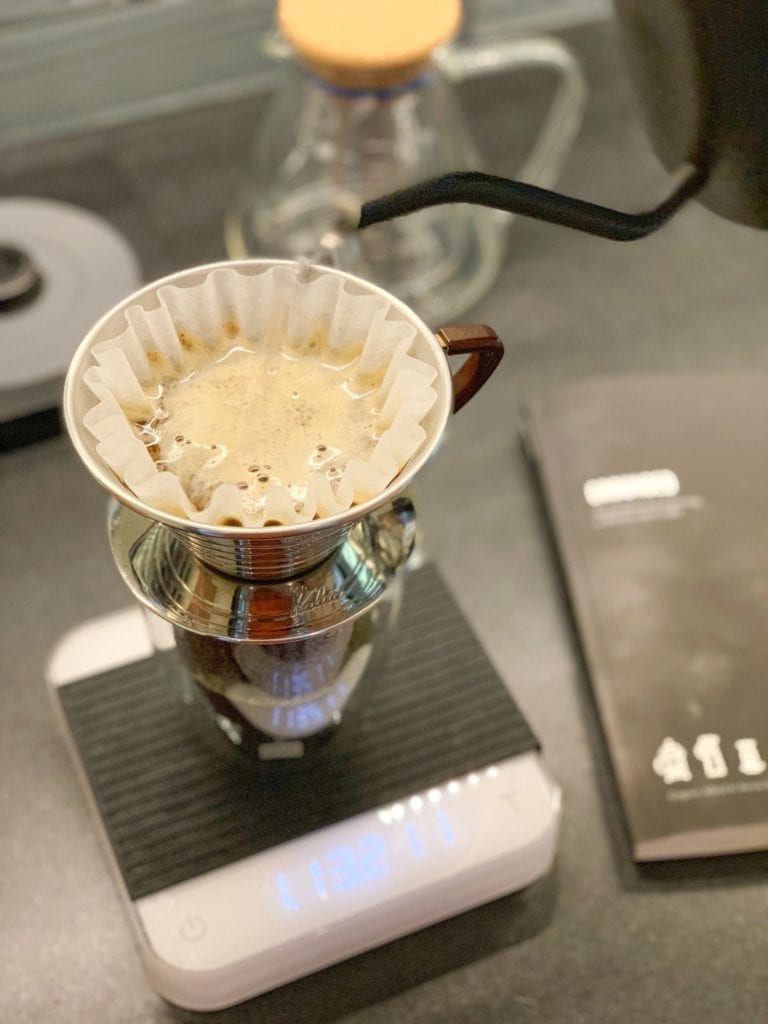
There are 4 main components to making good coffee at home:
- Knowledge. If the coffee world is confusing, and you want a fun, easy way to educate yourself about grind size, water types, and brewing methods, start with this book. Seriously – it’s the best one out there! Grounded was written by the former Head Barista Trainer at Houndstooth Coffee, and it’s thorough and approachable. This book will teach you all you need to know about what makes coffee good, what you need to own for your kitchen, and detailed recipes for all of the main brewing methods (like Chemex, Clever, French Press, Aeropress, etc.)
- Equipment. You really just need to invest in a few basics in order to make great coffee at home!
- Whole coffee beans. I have a subscription with MistoBox. They mail us a bag of coffee beans every week, and I’ve been impressed with the variety and the quality. You can also buy beans at almost any coffee shop in Austin. Walk into Fleet or Houndstooth and ask a barista for help selecting a bag of coffee.
- Water. This is the component that was missing for a long time in my home coffee system, and it has made all the difference! Coffee is 98% water, so it makes sense that the taste of the water will affect the taste of the coffee. I’ll share the exact water I use to brew coffee at home.
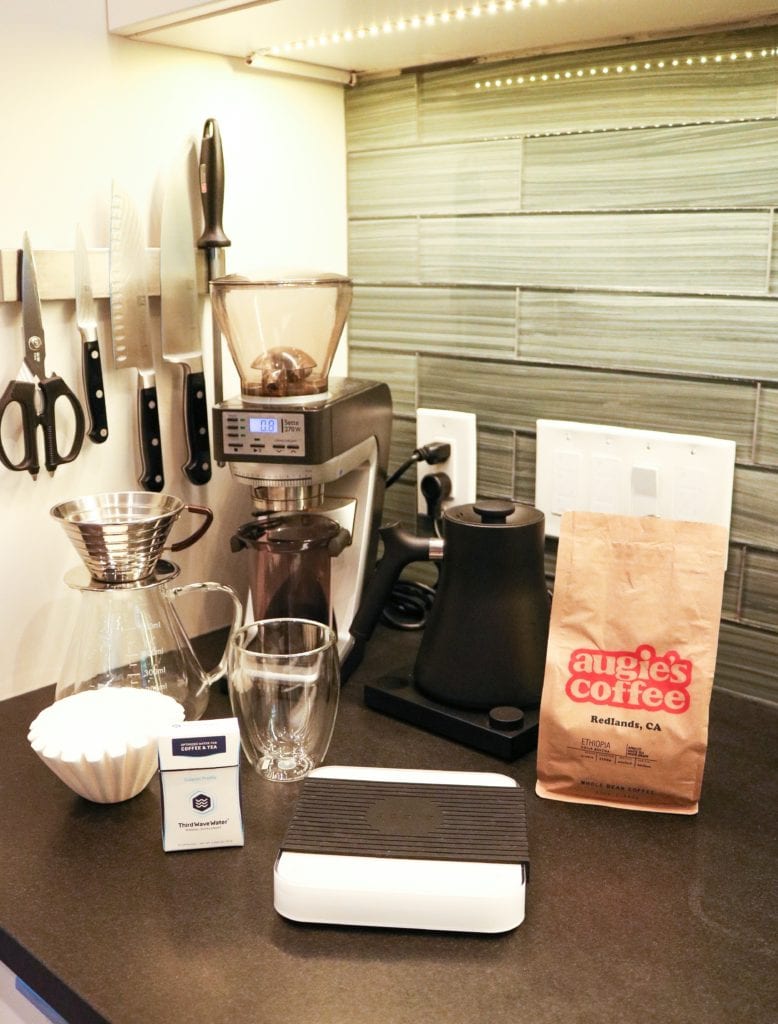

I’ll start with linking my exact products, since that’s what y’all had asked for:
Stagg Matte Black Gooseneck Kettle here (cheaper option here) // Baratza Coffee Grinder here (cheaper option here) // Acaia Pearl Coffee Scale here (cheaper option here) // Kalita Wave here // Coffee Filters here // Bodum Double Walled Coffee Cups here // Third Wave Water Coffee Packets here //
Here’s a step-by-step guide to how I make my coffee at home:
Step 1:
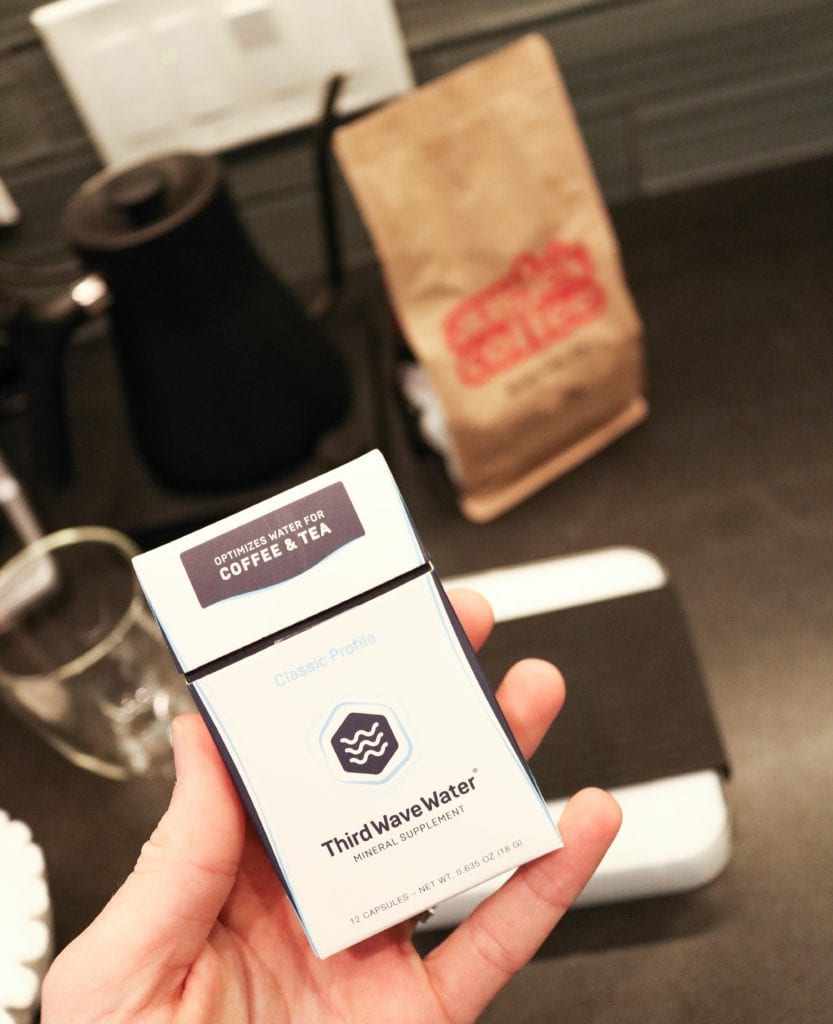

I start with distilled water and then mix in Third Wave Water mineral packets. If coffee is 98% water, doesn’t it make sense to start with the best-tasting water possible? Tap water (even filtered water) has all sorts of chemicals and minerals in it that change the taste of the coffee on a day-to-day basis. Here’s what I know: every since I started using Third Wave Water packets, my coffee game has been better and more consistent.
Step 2:
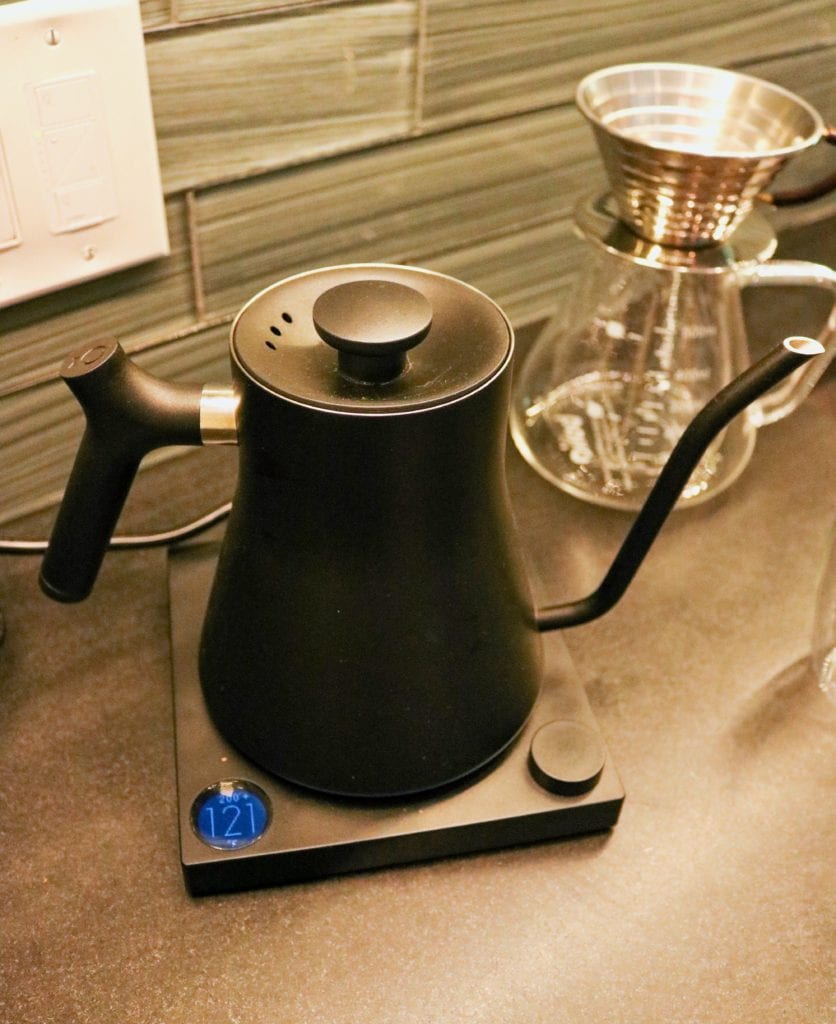

I heat the water to 200 degrees Fahrenheit. A gooseneck kettle is very important! This is the exact matte black Fellow Stagg EKG kettle I have, and I love it because a) it’s sooo pretty, b) it allows me to set a specific temperature (you don’t want to use boiling water to make coffee), and c) it will hold that temperature until I’m ready to pour the water. (See it on Amazon here.)
You could also use a stove top gooseneck kettle, which is a little bit cheaper. I used this one for years, and it’s only about $25 and works perfectly. Just keep an eye on the temperature to make sure you’re not pouring boiling water on your coffee grounds, which will scald the coffee and change the flavor.
Step 3:
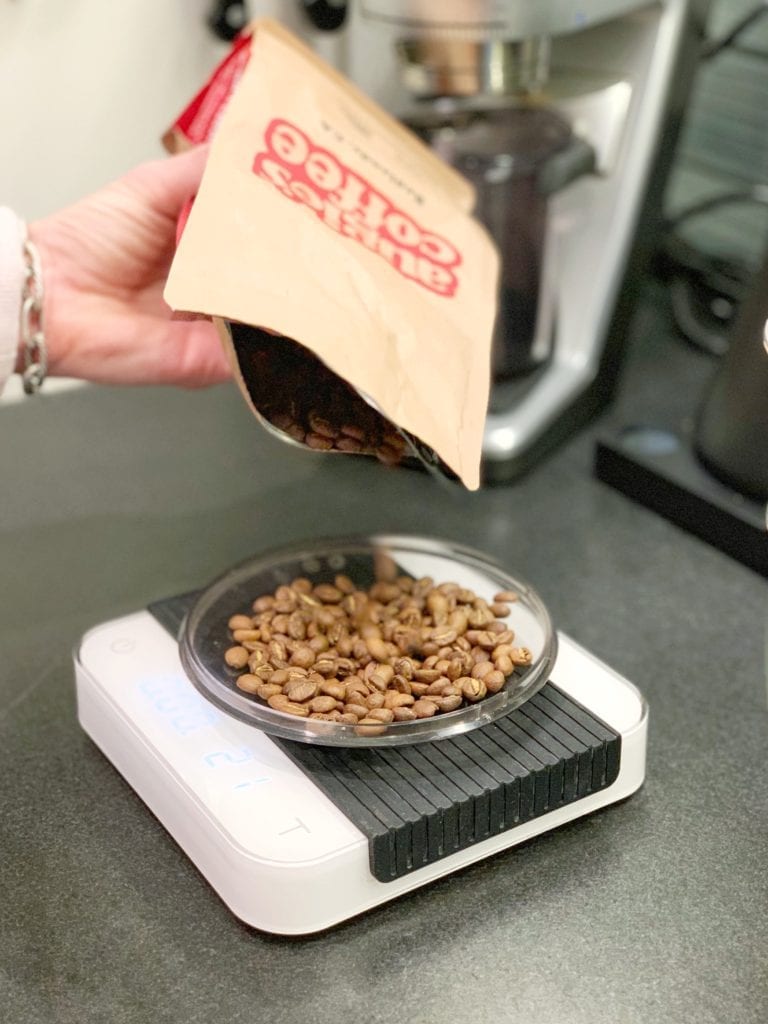

I measure and grind the coffee beans. I have this gorgeous Acaia Pearl digital coffee scale, which has bluetooth capabilities in case I want to measure and analyze my coffee pours on my phone. I don’t use the bluetooth component, but I love the way the white scale looks on my black countertops. This is the exact same scale that you’ll see in a lot of specialty coffee shops.
(I used this scale for years! It’s cheaper…about $50 versus $150. And this was my first starter scale. It’s less than $15 and worked perfectly.)
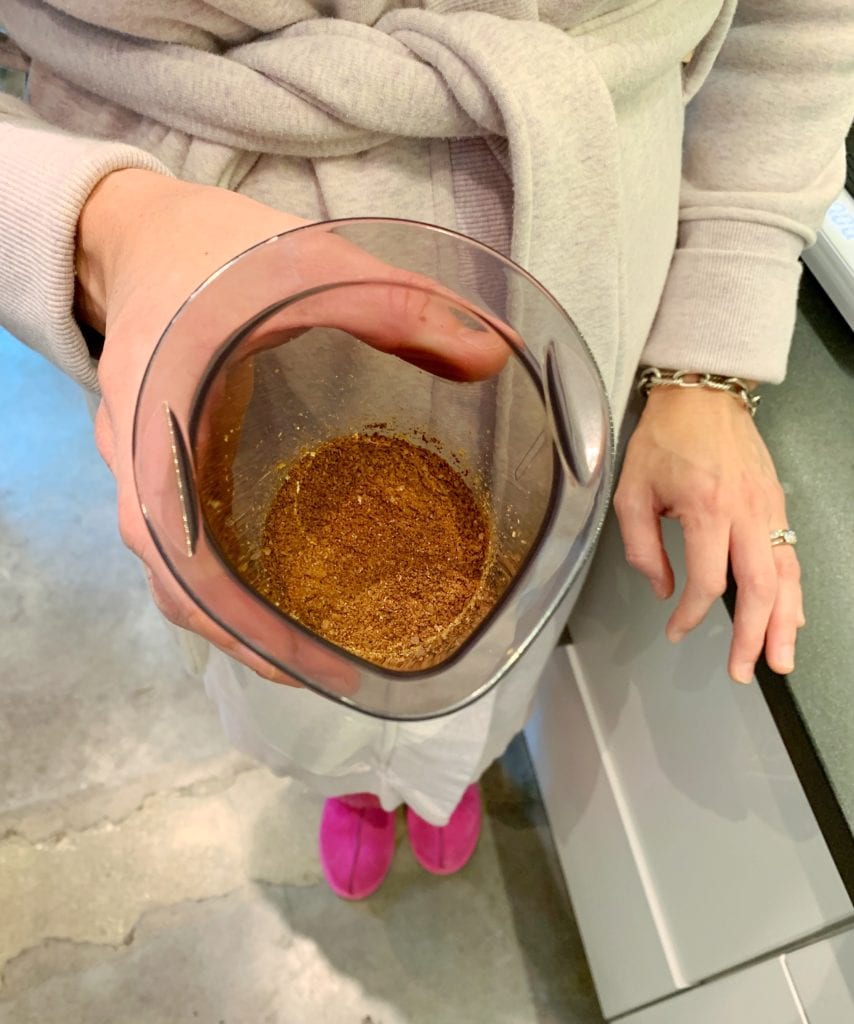

Ok, on to coffee grinders… The main thing to look for is that it’s a ceramic burr grinder, not a stainless steel grinder. Nate and I invested in this one a few years ago, and we’re obsessed! It works beautifully, and it’s easy to adjust the grind size for various brewing methods (espesso versus AeroPress versus French press, for instance). If you’re new to coffee and want to start with something cheaper (I definitely did when I was first getting into coffee!) this one is a great hand-held grinder that’s less than $50.
Step 4:
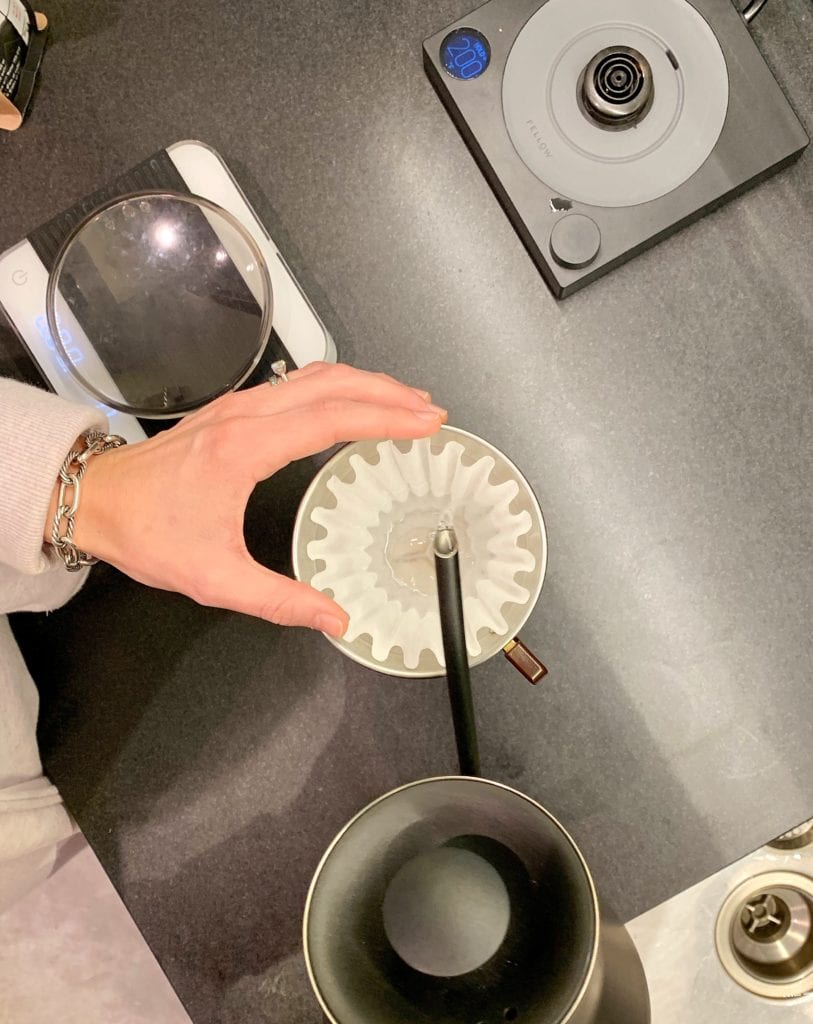

Place a filter inside whatever coffee brewing device you’re using, and place the brewing device on a cup (I’ve been using my Kalita Wave lately, but I also alternate with my AeroPress, Clever Coffee Dripper, and Hario V60 on occasion. A Kalita Wave is an easy place to start!). Pour coffee around the edges of the filter to heat the cup and get rid of any residual paper taste in the filter. I looove these Bodum double walled cups in the 12 oz size because they keep my coffee hot much longer than a typical ceramic mug.
Step 5:



Dump out any water in the cup, put the ground coffee beans in the filter, and pour! The exact timing and amount of water to pour will change based on your brewing method, but the Grounded coffee book gives easy, detailed measurements to help you out. Seriously….this book has been such a game changer for me!
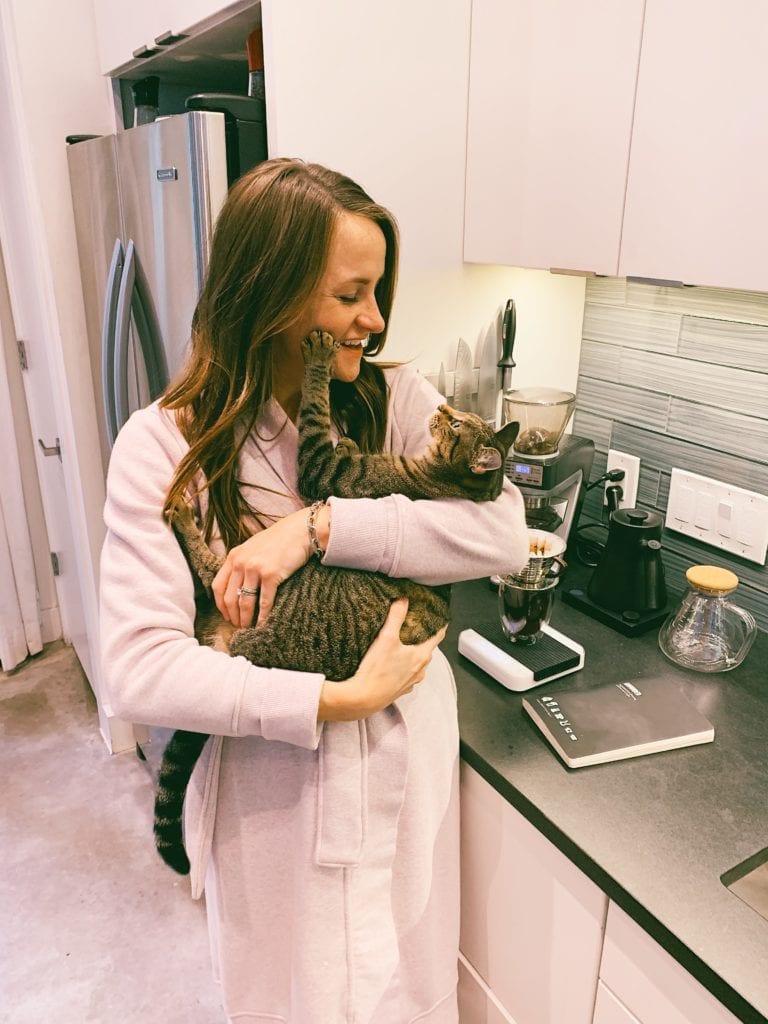

That’s about it! Any specific questions? Leave a comment below and I’ll be sure to get back to you.
